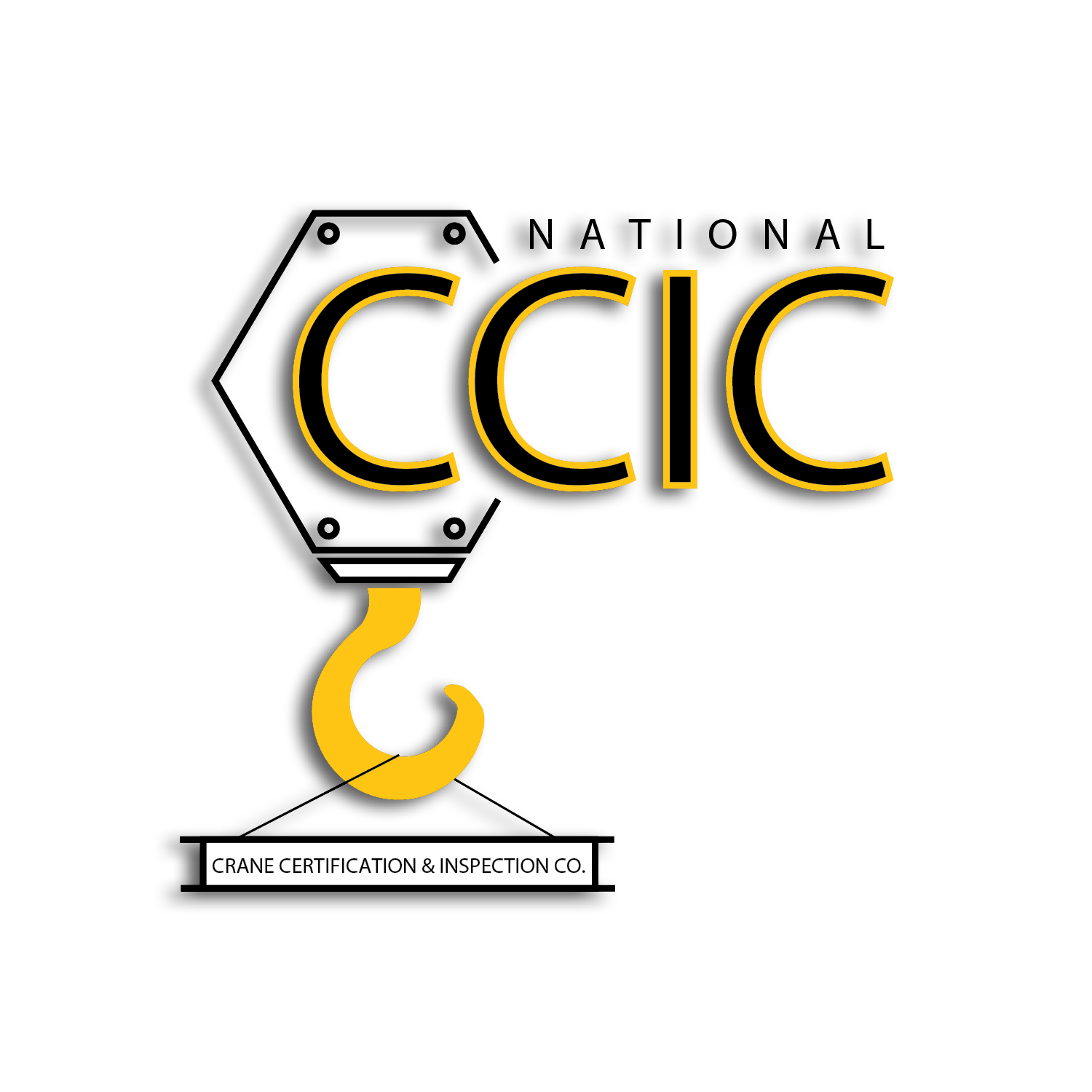All, I wanted to share this piece with you: A crane incident that occurred recently in Florida on I-95 near Ft. Lauderdale. Unfortunately, one of our brothers within our construction industry was killed this week while performing his job. I feel that it is our responsibility to alert others within our industry of this unfortunate situation and to identify ways as a community, to prevent this incident from occurring on our job sites.
If you aren’t familiar with the incident, here is a video covering what happened:
If you’d prefer to read the story, here is an article from CBS Miami covering the story.
But in short, the aerial lift the two construction workers were working in, at an elevated height, was struck by a concrete pile used as a substructure component to support this new bridge build. When the ground gave way under the crane moving the pile, it caused a series of events that put the workers in the aerial lift in harm’s way with no time to react.
I have many questions, but here are a few:
- Why were they there?
- Why were they positioned in the line of fire?
- Who was the competent person and were they trained for this task and their experience in doing this task?
- Were they trained to understand the risks of performing this task?
- Was there a procedure for this task?
- Was the crane operator qualified for both the type of crane that was involved in this incident and certified through an accreditation?
It is known within the crane community that effective assessment of ground conditions is essential to assist with the safe set up and operation of cranes. This is also true for any piece of equipment that is lifting personnel or equipment to elevated heights. In this video, you will observe that the crane with the piling leads is tilted and not level, and with the tracks submerged into the soil.
What we don’t know by simply reviewing the video:
- Was the crane operator tracking to location with the load where the ground / platform gave way, or
- Was the crane operator lifting the concrete pile from a laydown location and the ground gave way?
- Were there any ground bearing requirement calculations done? If so, did they include:
- Crane load
- Object load
- Rigging gear
- Dynamic loading
- Wind pressure
- Lateral loading due to incorrect set-up
- Slewing or swinging lifted load
- Crane travelling with a load
- Or emergency stop loading
Also, what is not known from previewing this video:
- Were there any previous ground improvements? (From this video I don’t believe there was. I believe that this crane was barefooting while traversing and crane operations.)
- Was there a geotechnical report (survey) completed by the contractor and available to the subcontractor?
- This information gives us the allowable loading of the insitu soils.
- If allowable soils are insufficient for the imposed loads, a solution for improving the platform.
- Mats (strength and stiffness)
- Removing or improving the insitu soil – soil stabilization
- Grouting
- Compaction
There are a multitude of questions to answer. But what we do know is a fatality occurred and another person was seriously injured.
I liked a comment that was made this past week, “We have become experts in our post-accident investigations. Instead, we all must be the experts in the prevention of accidents.” This statement fully supports my beliefs in pre- job assessments. Pre-job assessments are the critical glue in incident prevention.
When a pre-job assessment is done correctly, and without bias, it will give us an understanding of what hurdles are present (environmental impacts, physical impacts, equipment limitations, and workload hazards) to make ourselves ready to perform and if we are not ready…don’t start the job. There is nothing wrong with knowing your limitations. Because if a known limitation was identified and you problem-solved it with a plan and resources, you potentially prevented harm to persons, properties, community, and your brand / your name.

